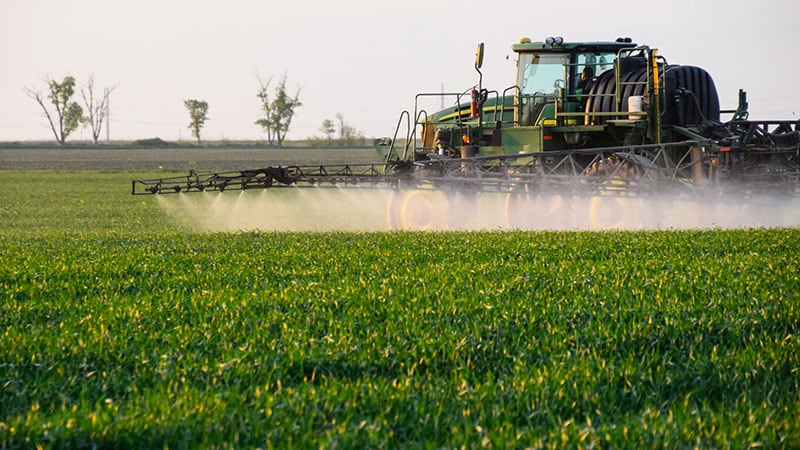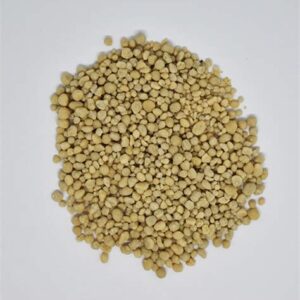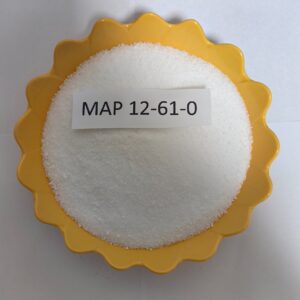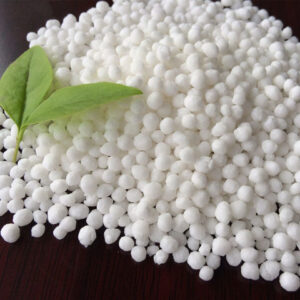What is Glyphosate?
Glyphosate is a broad-spectrum herbicide widely used in agriculture, landscaping, and home gardening. Unlike fertilizers that supply nutrients to crops, glyphosate works by killing unwanted weeds and grasses. It targets the plant’s growth system, ensuring long-lasting weed control without affecting the soil nutrients.
Key Benefits of Glyphosate
-
Effective in controlling a wide range of annual and perennial weeds
-
Helps farmers maintain clean fields for higher crop yields
-
Can be applied before planting, after harvest, or on non-crop areas
-
Breaks down naturally in the soil without long-term residue
-
Compatible with modern farming practices such as no-till agriculture
How Glyphosate Works
Glyphosate blocks the EPSP synthase enzyme, which plants need to make proteins. Without this enzyme, the weed gradually withers and dies within 7–14 days. Since it is systemic, glyphosate moves from the leaves down to the roots, ensuring complete weed control.
Recommended Uses in Farming
-
Pre-plant weed control in cereals, maize, rice, and soybean
-
Management of weeds around fruit orchards and plantations
-
Clearing unwanted grasses in roadsides, gardens, and industrial areas
-
Can be combined with integrated weed management strategies for efficiency
Safety and Precautions
-
Always wear protective clothing and gloves when spraying glyphosate
-
Avoid application on windy days to prevent drift onto crops
-
Do not mix glyphosate with fertilizers in the same tank unless recommended
-
Follow national safety regulations regarding use and storage
Final Note
Glyphosate is a herbicide, not a fertilizer. While fertilizers feed plants, glyphosate controls weeds that compete with crops for nutrients, water, and sunlight. When used responsibly, it helps farmers achieve better yields and cleaner fields.





